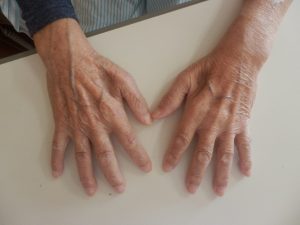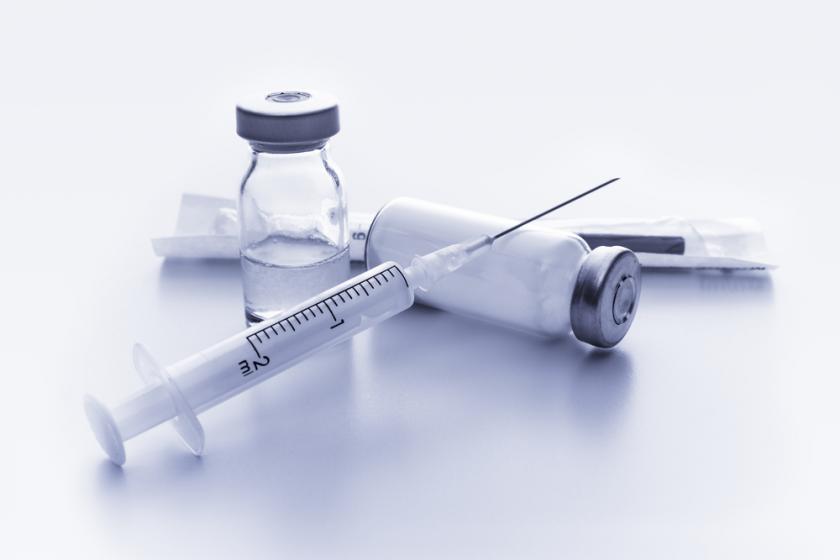Parkinson’s Disease
- admin
- Medical services
The Impact of Regenerative Drugs on Patients with Parkinson’s Disease

Abstract:
Parkinson’s disease is a progressive neurodegenerative disorder primarily characterized by a reduction in dopamine levels in the brain. It leads to symptoms such as tremors, muscle rigidity, bradykinesia (slowness of movement), and balance impairment. Traditional treatments mainly focus on symptom management, but in recent years, regenerative drugs targeting neural repair and protection of dopaminergic neurons have gained increasing attention. This article examines the effects of regenerative drugs on improving motor and cognitive function in Parkinson’s patients.
Introduction:
Parkinson’s disease is a chronic neurodegenerative disorder in which dopamine-producing neurons in the substantia nigra region of the brain gradually degenerate. The decline in dopamine impairs the brain’s ability to control movement. Common treatments such as Levodopa and dopamine agonists help alleviate symptoms but do not halt or reverse the underlying neural damage. In this context, regenerative drugs offer a novel approach aimed at restoring or supporting the nervous system in Parkinson’s patients.
Mechanisms of Action of Regenerative Drugs:
Regenerative drugs in Parkinson’s disease are designed to:
Stimulate neurogenesis (the formation of new neurons)
Protect dopaminergic neurons from cell death
Reduce neuroinflammation and oxidative stress
Enhance neuroplasticity (the brain’s adaptability and repair mechanisms)
These drugs may include:
Neurotrophic factors such as GDNF and BDNF
Antioxidant and neuroprotective anti-inflammatory compounds
Agents that activate DNA and mitochondrial repair pathways
Nanoparticle-based drug delivery systems to target affected brain regions
Clinical and Experimental Findings:
Increased Dopamine Levels and Motor Activity
Studies have shown that certain regenerative drugs can stimulate dopaminergic neuron survival and enhance synaptic activity, resulting in increased dopamine levels and significant improvements in patients’ motor function.Reduction in Tremors and Muscle Rigidity
Patients treated with regenerative drugs have shown a decrease in hallmark Parkinsonian symptoms such as tremor, rigidity, and bradykinesia.Improved Cognitive and Emotional Function
Some regenerative therapies, by acting on the brain’s frontal regions, have led to improvements in working memory, attention, and reductions in depression and anxiety.Slowing Disease Progression
In both animal and clinical studies, these drugs have demonstrated the ability to protect neurons from degeneration and slow the progression of the disease.Enhanced Response to Conventional Therapies
Co-administration of regenerative and traditional Parkinson’s medications has been shown to boost the effectiveness of classic drugs and reduce the required dosages.
Limitations and Challenges:
Many regenerative drugs are still in clinical trial phases and not yet commercially available.
Crossing the blood-brain barrier remains a major challenge in delivering drugs to targeted brain regions.
Patient response to regenerative drugs can vary depending on genetic factors, age, disease stage, and other variables.
The long-term efficacy and safety profiles of these therapies require further investigation.
Conclusion:
Regenerative drugs have opened a new frontier in the treatment of Parkinson’s disease. Instead of merely controlling symptoms, these therapies aim to repair and preserve damaged neurons, potentially slowing disease progression and improving quality of life. The future of Parkinson’s treatment—through a combination of regenerative medicine, gene therapy, and stem cell approaches—holds promise for more effective and targeted interventions.



